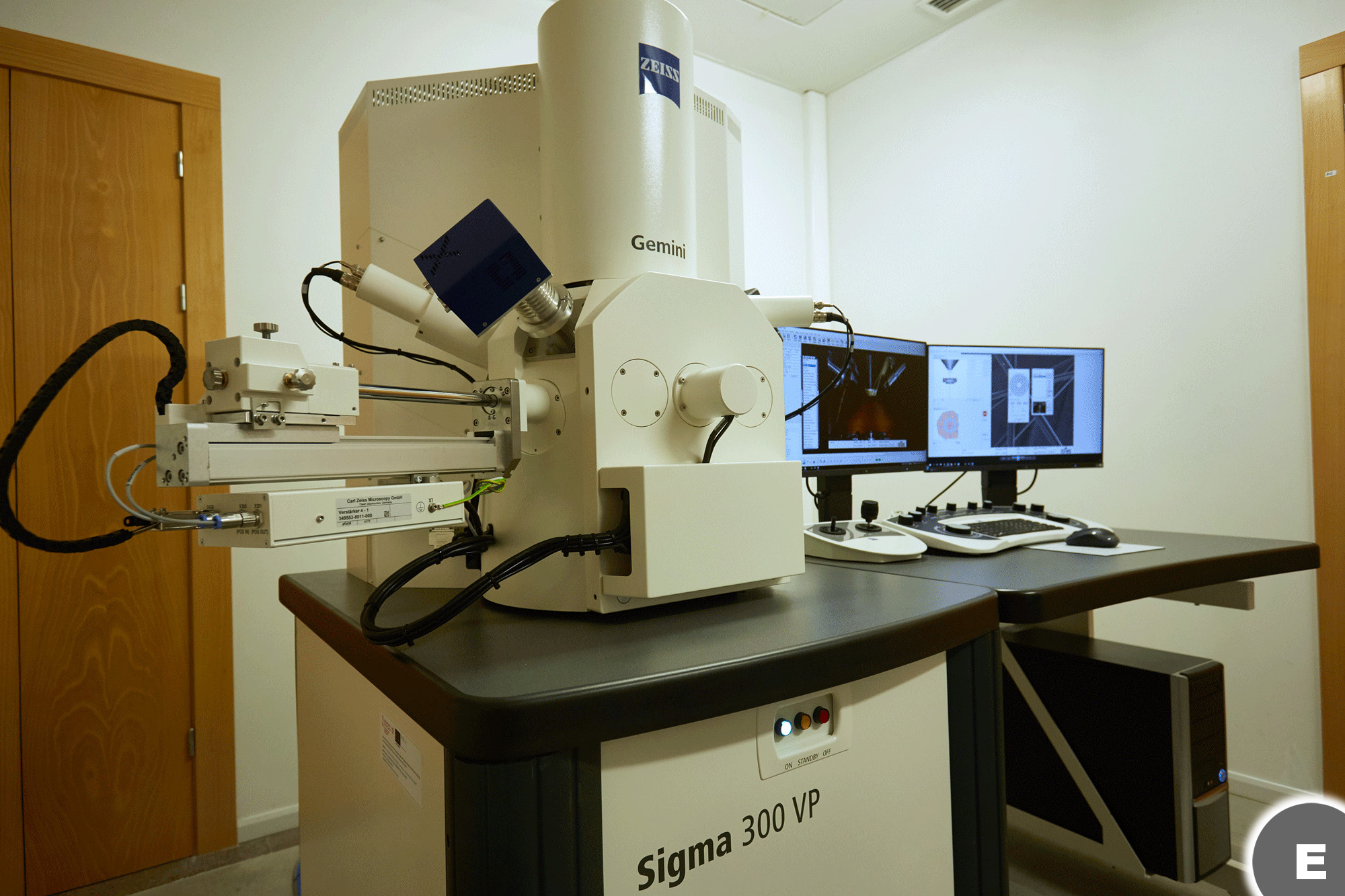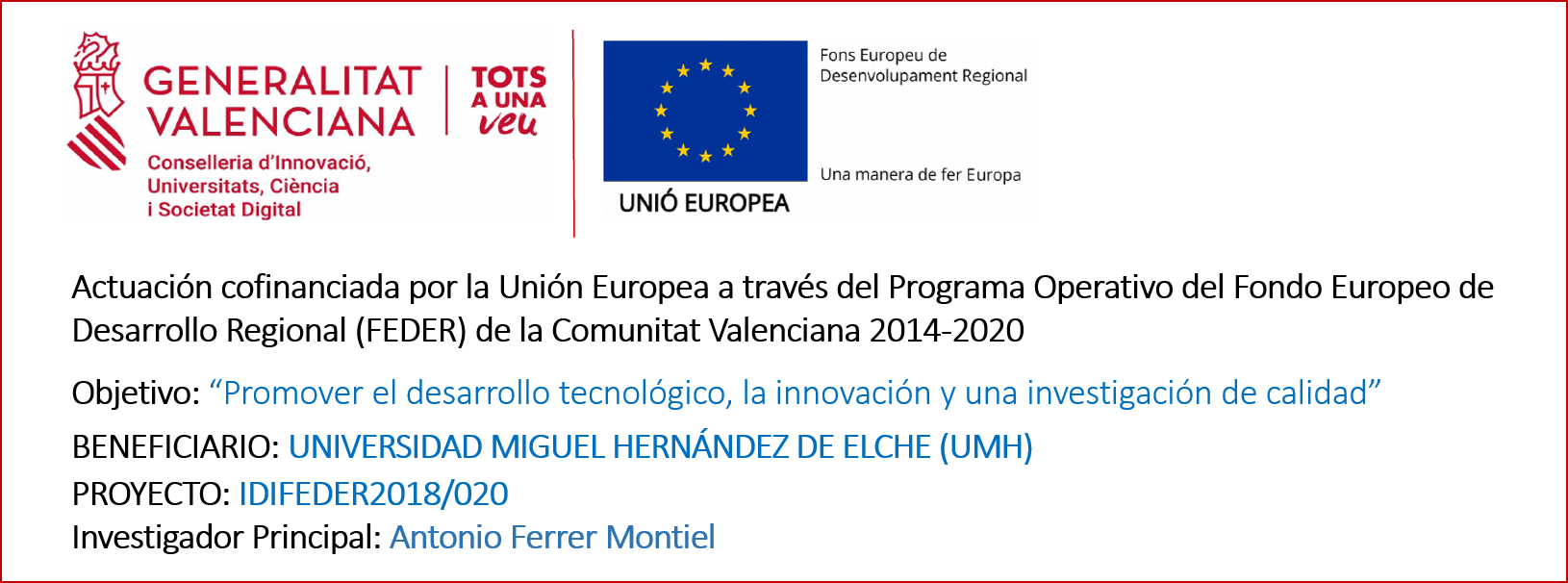SATDI-IC – Field emission gun scanning electron microscope, FESEM (Sigma 300 VP, Zeiss)
7 November 2025
| We are improving our services website. We apologize for any inconvenience this may cause during the process. |  |
Equipment
|
Field emission gun scanning electron microscope Sigma 300 VP (ZEISS) |
ELCHE Campus |
 |
 |
Field emission gun scanning electron microscope (FESEM) that allows high-quality image capture combined with advanced elemental analysis. |
|
|
|
||
|
Key features:
|
||
Contact
|
ELCHE Campus TORREPINET Building |
View location |
|
Current rates (2025)
|
Reference |
Description |
Unit of measuremnt |
Unit price UMH (€) |
Unit price Public entities (€) |
Unit price Private entities (€) |
|
T-ELTP-04 |
Use of the Zeiss Sigma 300 VP field emission gun scanning electron microscope |
hour |
25.85 |
29.91 |
31.72 |
|
T-ELTP-07 |
Data processing using a FESEM electron microscope (Zeiss Sigma 300 VP) |
hour |
17.11 |
19.8 |
20.98 |
Comments
|
The equipment has been acquired thanks to a project co-financed by the European Union through the Operational Program of the European Regional Development Fund (ERDF) of the Valencian Community 2014-2020 (PROJECT: IDIFEDER2020/022). |
 |
|
Both this electron microscope and IDiBE’s laser scanning confocal microscope can share the same type of sample holder and use the same software, so that correlative light-electron microscopy (CLEM) can be easily performed by superimposing and merging the information obtained by both techniques in the same area of the sample. |
|
Links
- IDiBE website (link)
